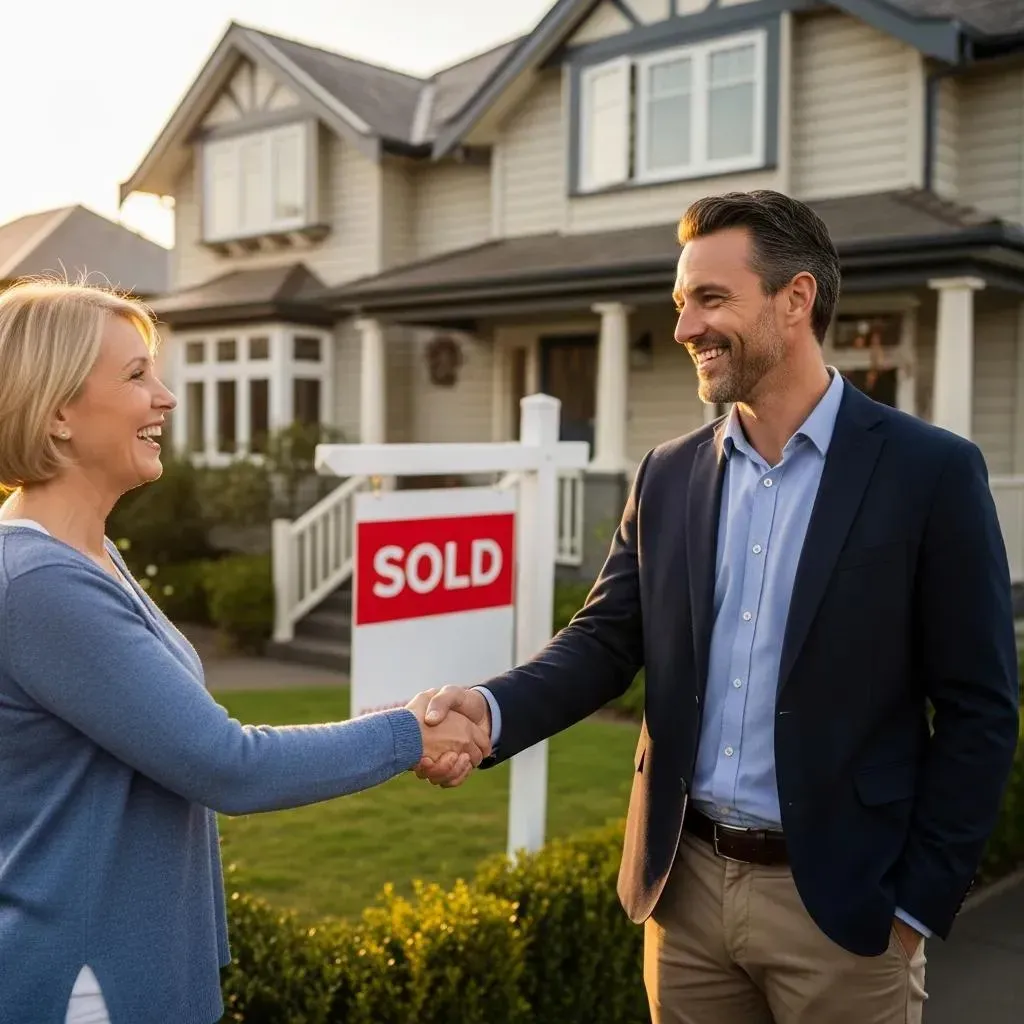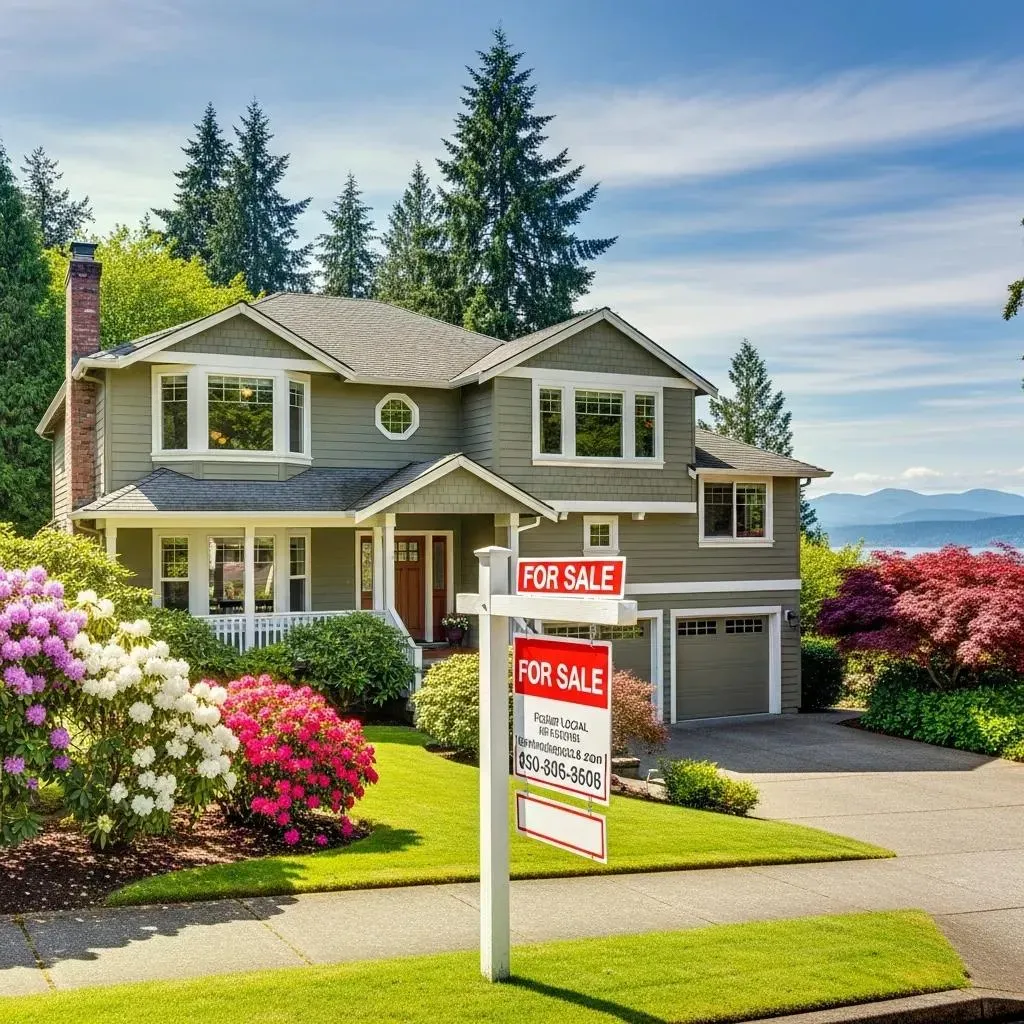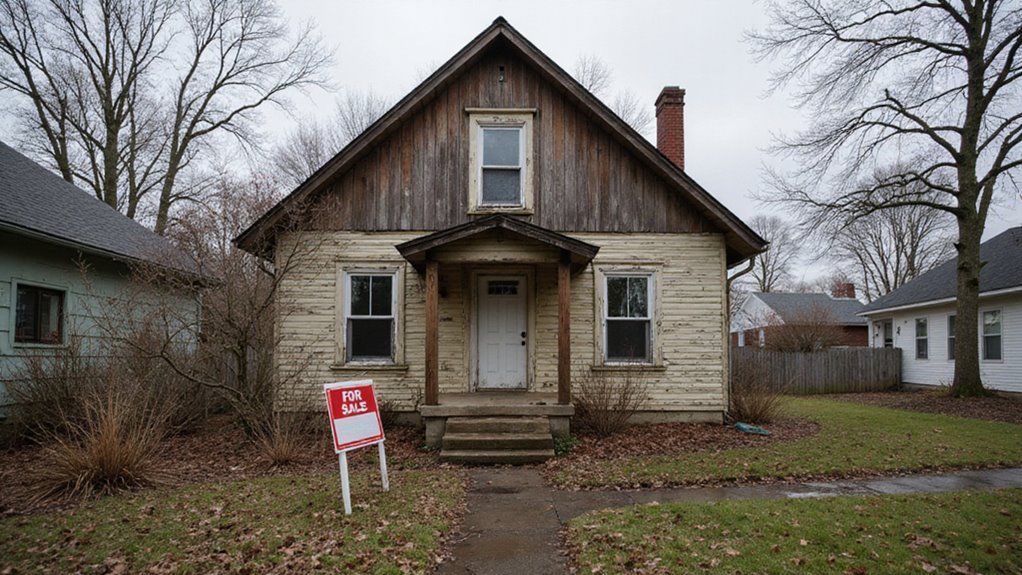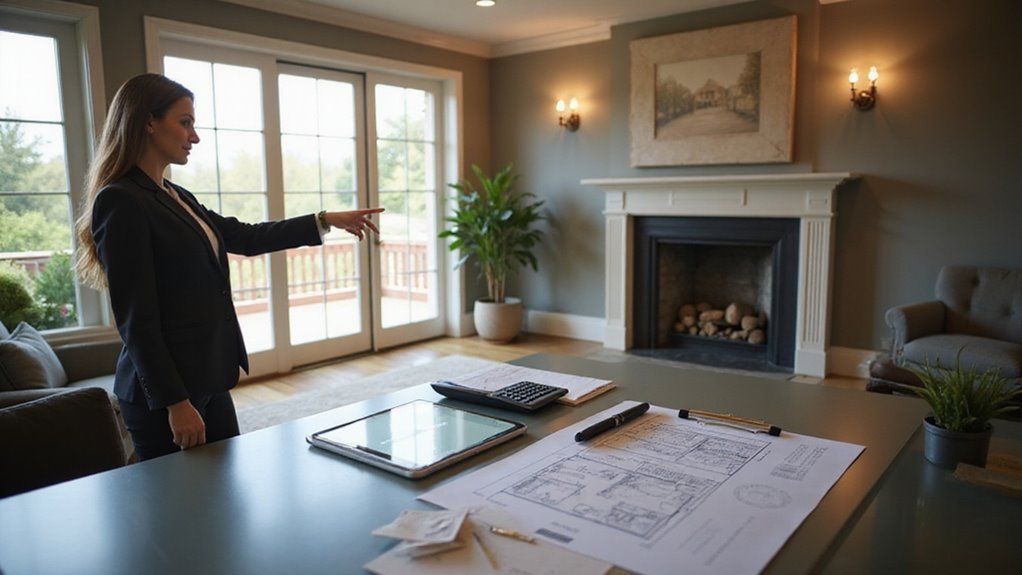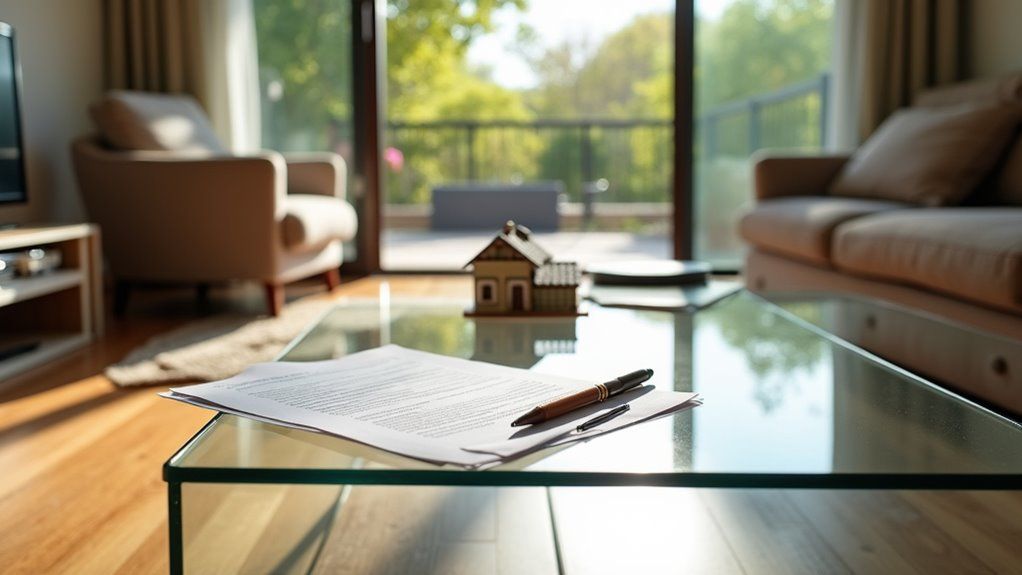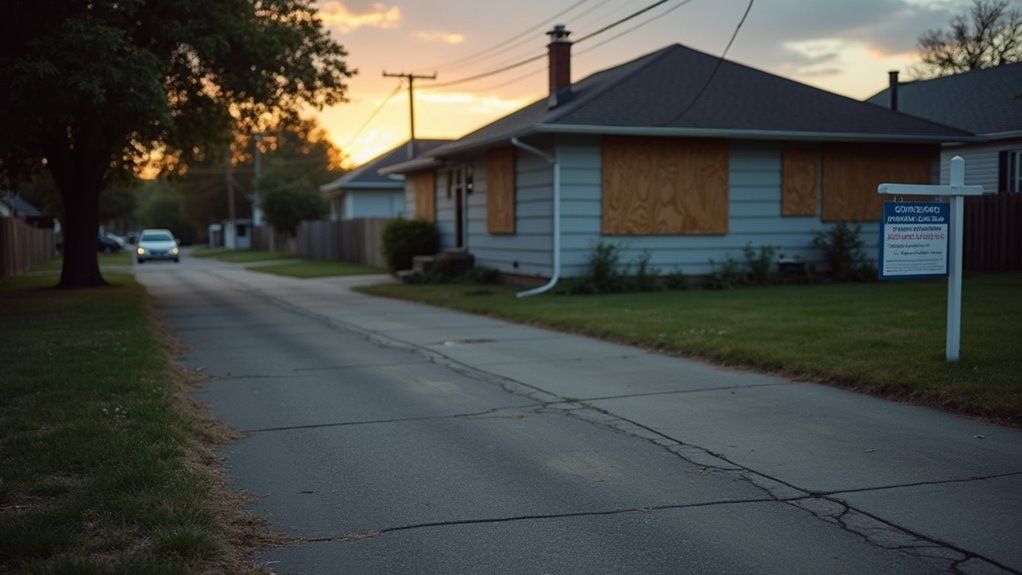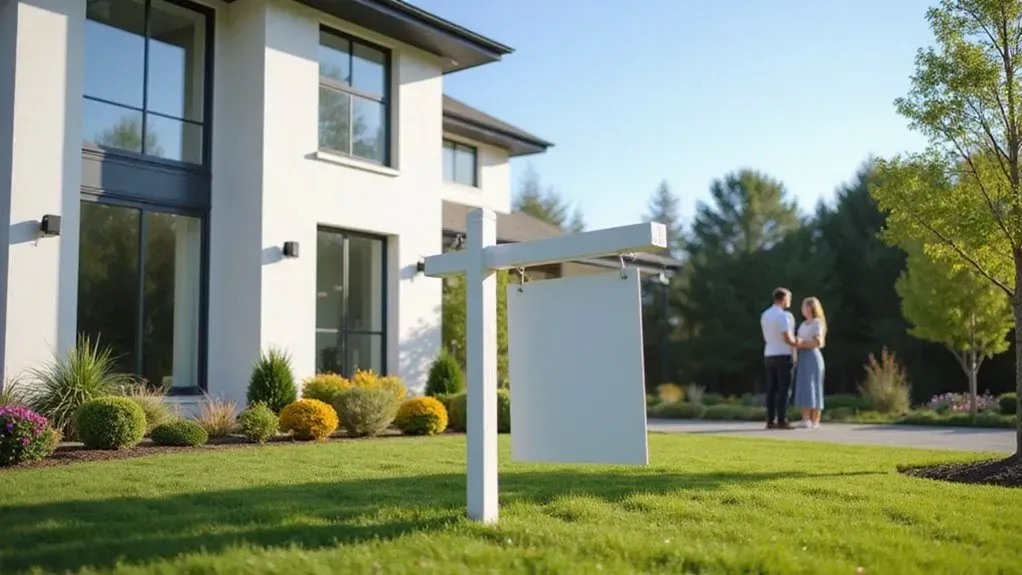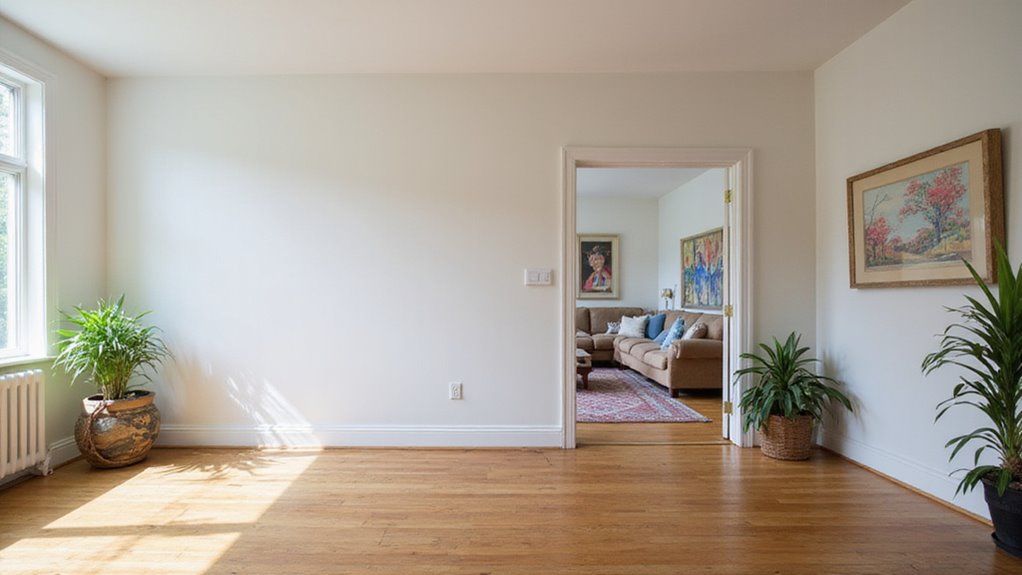
Selling a vacant home is not the same as selling one that is occupied. Empty homes often feel cold and uninviting. Buyers can struggle to see themselves living in a space that lacks warmth and personality.
This difference can lead to longer days on market and lower offers. Security becomes an issue when a home sits empty. You may also face extra costs for maintenance and insurance when no one lives there.
The key difference is that a vacant home needs special strategies to attract buyers and get the best price.
With the right approach, you can overcome the challenges and make your listing shine. This blog will give you practical tips to help you succeed.
Key Takeaways
- Vacant homes often feel less inviting, making it harder for buyers to form an emotional connection and imagine living there.
- Staging and maintenance are more challenging for vacant homes, requiring extra effort to keep up appearance and curb appeal.
- Vacant homes are at higher risk for theft, vandalism, and undetected damage, affecting insurance costs and coverage.
- Showings are more flexible with vacant homes, but flaws are more noticeable without furniture to distract buyers.
- Occupied homes typically require coordinating showings with residents, but signs of upkeep can boost buyer confidence and perceived value.
Buyer Perception and Emotional Connection
Buyer perception and emotional connection influence the decision to buy a home. Buyers judge not just the property, but also how it feels. If a home feels welcoming, buyers are more likely to become interested. Buyers often prefer homes that allow for a streamlined approach to selling, which can reduce their concerns about time-consuming repairs or disruptions.
A buyer imagines living in the space during a visit. Cold or empty homes make it hard to picture a future there. If buyers cannot connect emotionally, they may not make an offer.
If a home creates a positive feeling, buyers might ignore small issues. Emotional attachment can lead to faster offers. Understanding this helps explain why some homes sell quickly while others do not.
Additionally, homes that are move-in ready often attract premium offers, as buyers are more likely to form an emotional connection when the space feels comfortable and inviting.
Staging Possibilities and Presentation
Staging and presentation directly affect how buyers feel about a property. If a home is vacant, you can use any furniture and decor you want. This lets you show off features and make rooms look bigger. A vacant home gives you more freedom to stage each room for your target market.
You can highlight special details and guide buyers through the space. If you want a consistent look, each room must match the style of the others. Staging a vacant home also makes it easier to maximize space by arranging furniture strategically and removing clutter, which helps buyers imagine themselves living there.
An occupied home can limit your staging options. Existing furniture and personal items may make it harder to create a fresh, appealing look. If you cannot change much, it may be tough to impress every buyer. Selling to cash buyers can also make the process smoother by eliminating the need for appraisals and reducing delays that might affect your staging schedule.
Maintenance and Upkeep Responsibilities
Both vacant and occupied homes need regular maintenance, but the tasks are not the same. Vacant properties require extra care since nobody is living there. Owners must arrange for things like lawn care, HVAC checks, and plumbing inspections. For vacant homes, it’s especially important to pay attention to minor home improvements so that small issues do not turn into larger, costlier problems.
Professional services are often necessary for vacant homes. If you do not keep up with maintenance, small problems can turn into expensive repairs. Periodic checks help catch issues early.
Occupied homes have someone present to notice and fix small problems right away. Daily cleaning and repairs usually happen naturally. If a home is empty, these tasks can be missed.
Owners must pay property taxes and mortgage payments whether the home is vacant or not. Vacant homes may cost more if problems go unnoticed. Regular upkeep helps protect your home's value and makes selling easier. In situations involving fire-damaged properties, it’s especially important to work with qualified experts to assess the condition and ensure all required inspections and permits are in place.
Security Risks and Property Safety
Vacant and occupied homes have different security risks. An empty home is more likely to face break-ins, vandalism, or squatting. It may also develop unnoticed problems like water leaks or electrical issues. Before selling, it's important to verify cash buyer funds to safeguard against potential deal complications, especially since vacant homes can attract less reliable buyers.
If you leave a property vacant, you should install alarm systems and motion-activated lights. Regular checks by neighbors or agents can help spot problems early. These steps lower the chances of damage or theft.
Occupied homes are safer because someone is present and active. Visible activity can discourage criminals and prevent unnoticed issues. If you want to keep your property safe, consider these differences before selling. When selling a vacant property, it's also important to watch for unrealistic offers or other red flags that might indicate a scam targeting empty homes.
Showing Flexibility and Scheduling
When buyers want to see your home, its occupancy status affects scheduling. Vacant homes allow flexible showings at almost any time. This makes it easier for agents to bring serious buyers quickly. Occupied homes need coordination with residents.
Showings are limited to certain times, which can restrict buyer access. Some neighborhoods have zoning rules about parking or access that may affect showings. Researching flexible showing schedules can help maximize buyer opportunities during the sale process.
If you know your local rules and neighborhood needs, you can plan showings better. This helps your home reach more buyers. Good planning can help you sell faster and more efficiently.
Additionally, high housing inventory in your area might impact how flexible you need to be with showings, as increased competition can affect buyer interest and timing.
Inspection and Repair Challenges
Inspection and repair logistics are different for vacant and occupied homes. Vacant homes are easier to access for inspections and repairs. Occupied homes need appointments, which can delay the process.
Vacant homes may develop unnoticed problems like leaks or pests. These issues can go undetected and affect inspection results. If someone checks the home regularly, problems are more likely to be found early. It's important to conduct a thorough assessment of the property to reveal any hidden issues, which helps prevent surprises during the selling process.
Occupied homes have someone present to notice issues quickly. However, scheduling repairs involves working around the residents’ availability. This can slow down the repairs if the residents are not flexible.
If you know the challenges for each situation, you can plan better. Addressing issues early helps the sale go smoothly. Being aware of these differences helps you manage inspections and repairs effectively.
Additionally, full disclosure of inspection results and known issues is important for both vacant and occupied homes to prevent legal complications and maintain trust with buyers.
Impact on Pricing Strategy
You need to account for perceived property value shifts when setting your price, as vacant homes often feel less inviting and may attract lower offers. Proper staging can directly influence your final sale price by helping buyers visualize the home's potential.
Remember, implementing effective marketing strategies such as professional photos and targeted online listings can make a vacant property stand out and attract more interest from buyers.
Additionally, consider how market time impacts your strategy—extended days on market can lead to price reductions and diminished buyer interest. If you’re considering a quick sale, cash buyers in Tacoma can offer an efficient solution and a fair price to help you avoid the complications of extended market time and potential financial stress.
Perceived Property Value Shifts
Buyers often value vacant and occupied homes differently. This affects how you should set your asking price. If buyers see a vacant home, they may think the seller is eager to sell.
Vacant homes can look less appealing because empty rooms seem smaller. Flaws are easier to spot without furniture. This can lead to buyers making lower offers.
Occupied homes usually show signs of regular care and upkeep. Buyers may feel more confident about the home's condition. This trust can support a higher price.
You should consider these buyer perceptions when pricing your home. Adjust your strategy if your home is vacant. This helps you stay competitive and sell faster.
Staging Influences Final Price
Staging can increase your home’s final sale price. If a home is staged well, buyers often see more value. Staged homes usually receive higher offers.
Vacant homes are easier to stage because they have no clutter. Empty spaces help buyers imagine their own furniture in the rooms. If your home is occupied, personal items and wear may distract buyers.
Professional staging makes homes look more appealing in photos and in person. If buyers feel emotionally connected, they may offer more money. Well-staged homes also compete better against other listings.
If you want to list your home at a higher price, consider staging first. Staged homes often justify a premium price. Using staging as part of your pricing plan can bring higher profits.
Market Time Considerations
Market time affects how you should price your home. The time your home spends on the market depends on whether it is vacant or occupied.
A vacant home can seem urgent to buyers. Buyers may think you want a quick sale and might offer less. If offers come in slowly, you may need to lower your price faster.
An occupied home usually signals less urgency. You may have more time to wait for the right offer. This can give you more flexibility in your pricing.
If your home is vacant, plan for a shorter negotiation window. If it is occupied, you may have more leverage. Adjust your pricing strategy based on your home’s occupancy status for better results.
Days on Market Considerations
Days on market (DOM) shows how quickly a home sells. Buyers and agents use it to judge demand and price. Lower DOM often means a property is more attractive.
Vacant homes are easier to show because no one lives there. Easy access can help reduce DOM. If a home is empty, buyers can visit anytime.
Occupied homes may have longer DOM. Tenants might limit showings or need advance notice. These restrictions can slow down the selling process.
A home with high DOM can raise concerns. Buyers may think the price is too high or the home has problems. Such doubts can lead to lower offers.
Short DOM can create urgency for buyers. If a property stays on the market too long, buyers may be less interested. Sellers should understand these patterns to avoid delays.
Some sellers choose cash home buying options to reduce DOM and avoid traditional real estate delays.
Utility Costs and Management
Managing utility costs is very important when selling a home. Utilities should stay on, even if the home is empty. This helps prevent damage and keeps the property ready for showings.
If the home is vacant, only keep essential utilities active. Electricity, water, and heating or cooling systems are usually needed. Adjust thermostats and lights to save money.
Security is another concern for empty homes. Active utilities can power alarms and lights, which may prevent break-ins. Utility bills should be checked often for any unusual changes.
If you notice high bills, there could be leaks or unauthorized usage. Fix these issues quickly to avoid extra costs. Good utility management protects your property and helps with a smooth sale.
Impact on Curb Appeal
Curb appeal is the first thing buyers notice when they visit a property. The way a home looks from the street affects its value. If the home is vacant, curb appeal becomes even more important.
Vacant homes often have landscaping that declines quickly without regular care. Overgrown plants or peeling paint can make the home seem neglected. Buyers may be less interested if they see these problems.
Without regular upkeep, vacant homes can quickly look neglected, with overgrown landscaping and peeling paint turning away potential buyers.
Unattended repairs, like cracked walkways or faded trim, are easy to spot when no one lives in the house. These issues can lower the home’s value in a buyer’s eyes. Occupied homes usually have ongoing maintenance, which gives a better impression.
Vacant homes also lack furniture and staging, making flaws more obvious. Empty entryways or dull exteriors can stand out without decorations. Security concerns may also arise if buyers notice the property is empty.
Maintaining curb appeal is key to attracting buyers and getting the best price. If you keep the outside looking good, you improve your chances of selling.
Negotiation Leverage for Buyers
A vacant property often gives buyers more negotiation power. Sellers usually want to sell quickly to avoid extra costs and risks. If the house is empty, you may have a better chance to get a good deal.
Buyers can ask for lower prices or flexible closing dates. Sellers might also agree to repair or upgrade parts of the home. If you notice any problems, you can use them to negotiate.
Vacant homes do not have owners living in them, so there is less emotional attachment. This makes it easier to keep the deal simple and business-like. Understanding this can help you make a strong offer.
Insurance Requirements and Coverage
When selling a vacant home, you’ll encounter strict vacancy clause implications that can void standard insurance protections if not properly addressed. Expect policy premium adjustments and potential gaps in liability coverage compared to an occupied property. It’s essential to review your insurer’s requirements to safeguard your asset during the listing period.
Vacancy Clause Implications
A vacancy clause affects your insurance when a home is empty. Most home insurance policies change coverage after 30 or 60 days of vacancy. If your tenant leaves, your home may be considered vacant, even if you visit for maintenance.
A vacancy clause can remove coverage for theft, water damage, or vandalism. You may lose protection if you do not notify your insurer after a lease ends. Insurers usually require you to tell them when a property becomes vacant.
You might need special insurance for a vacant home to stay protected. Standard policies may not cover all risks during vacancy. If you ignore policy exclusions, you could face large expenses after a loss.
Policy Premium Adjustments
Insurers often raise premiums when a home is vacant. Empty properties are at higher risk for theft, vandalism, and unnoticed damage. Standard homeowner’s insurance usually does not cover homes left empty for a long time.
Owners must tell their insurance company if the house is vacant. If you do not inform your insurer, your coverage may be denied. A special vacant home policy is often needed for continued protection.
This special policy costs more because insurers see it as a bigger risk. Understanding these insurance changes is important when selling your home. If you follow these steps, you can avoid unexpected costs and gaps in coverage.
Liability Coverage Differences
Liability coverage for vacant and occupied homes is different. Vacant homes often lose some liability protection, while occupied homes keep it. Sellers need to understand these differences to reduce risks.
Vacant home insurance usually does not cover injuries on the property. If someone gets hurt, you may be responsible for costs. If your home is empty, you should check your policy.
Occupied homes have better liability coverage because people are present. Regular upkeep lowers the chance of accidents. Insurance companies see these homes as less risky.
If your house is vacant, your insurer may need you to add a special policy or endorsement. Without this, you could lose coverage for accidents. Always update your insurance when your home becomes vacant.
If you do not update your policy, claims may be denied. This could lead to unexpected expenses if something happens during the vacancy. Review your insurance early to avoid problems.
Disclosure Obligations
You must tell buyers about any problems with the home that could affect its value or their decision to buy. These problems can include water leaks, structural issues, or repairs you have made. If the home is empty, you should also mention any damage or neglect that happened while it was vacant.
Homeowners associations or city rules may set limits on how long a home can stay empty. If these rules apply, you must share this information with buyers. Ignoring these rules can lead to legal trouble or cancelled sales.
Always give complete and honest information about the home. Buyers expect you to share all important details, no matter if the home is vacant or occupied. This helps avoid problems after the sale.
Marketing Approaches and Photography
Marketing a vacant home requires careful planning to attract buyers. You should use strategies that highlight the property’s best features and the surrounding area. If you want buyers to imagine living there, focus on clear, appealing visuals and useful neighborhood information.
Professional photography is important because it shows the home’s spaces and design clearly. High-quality photos can make a vacant home look inviting and bright. If you use poor images, buyers may lose interest quickly.
Neighborhood details, such as schools and parks, should be included in your marketing materials. These details help buyers understand the benefits of the location. If the area has unique features, mention them clearly.
Local zoning rules may affect how you describe the property. Sellers need to check if certain uses or changes are allowed before listing. If there are restrictions, your marketing must reflect them.
Virtual staging can make empty rooms look warm and welcoming. If you want buyers to see the home’s potential, consider adding virtual furniture. This step can help buyers imagine their own style in the space.
Conclusion
If you plan to sell a home, knowing the difference between vacant and occupied properties is important. Buyers notice details, and the way you present your home can make a big difference. If you keep these factors in mind, you can improve your selling experience.
If your home is vacant, you may need extra effort for staging and maintenance. Occupied homes often feel warmer but may have more personal items to remove. If you consider these points, you can attract more buyers and better offers.
If you need to sell quickly, we buy houses for cash. Jay Primrose Properties can help you close fast and avoid the hassle. Contact us today to see how we can make your home sale easy.
Give us a call anytime at 253-697-0007 or fill out this quick form to get started today!
Get A Fair Cash Offer On Your House
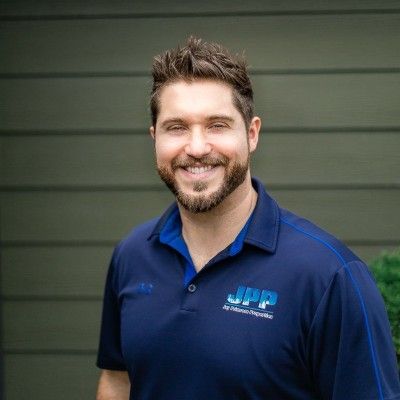
About the author
Justin Baker
Justin Baker is the founder of Jay Primrose Properties, a leading cash home buying company based in Tacoma, WA. With a passion for real estate investing, Justin has helped numerous homeowners in the Pacific Northwest region sell their homes quickly and hassle-free. Justin believes that buying and selling real estate should be a seamless process and works tirelessly to ensure that his clients have a stress-free experience. With a deep understanding of the local real estate market and a commitment to exceptional customer service, Justin has established himself as a trusted and reliable cash home buyer in Tacoma and the surrounding areas.

